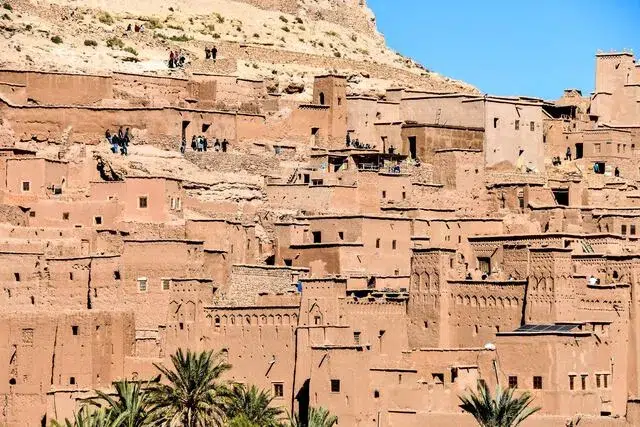Trekking Atlas Mountains Tours Marrakech
Geographical Overview
The Atlas Mountains stretch across Morocco, Algeria, and Tunisia, boasting breathtaking views and diverse landscapes. Spanning approximately 2,500 km, these majestic peaks separate the Mediterranean and Atlantic coastlines from the Sahara Desert. Picture standing atop Toubkal, the highest summit at 4,167 meters—nothing compares to the awe-inspiring vistas! You’ll be captivated by the striking contrast of snow-capped mountains against lush valleys.
Climate and Terrain
If you’re planning trekking in the Atlas Mountains, it’s essential to know the climate and terrain. Here’s a quick breakdown:
- Climate: Generally, the mountains experience a Mediterranean climate with hot summers and cold winters.
- Terrain: Expect rugged cliffs, deep gorges, and rolling foothills. The diverse ecosystems support numerous flora and fauna, making it a trekker’s paradise!
Are you excited to explore this natural wonder?
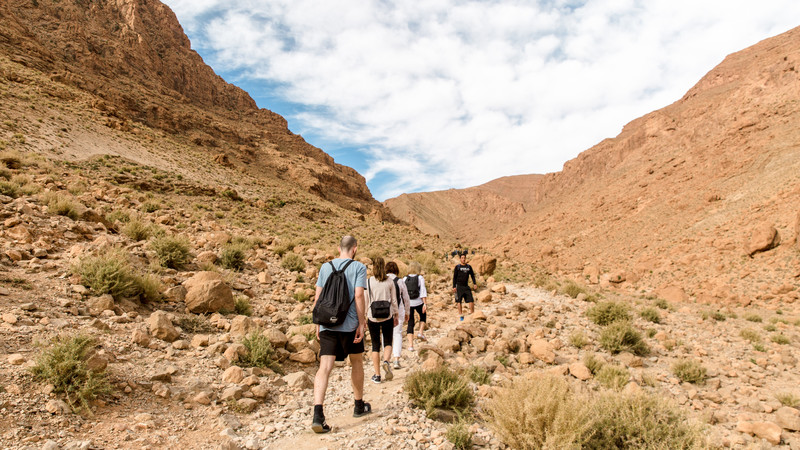
Popular Trekking Routes
Toubkal National Park
Trekking through Toubkal National Park is an unforgettable experience, especially for those eager to conquer North Africa’s highest peak. The most popular route, starting from Imlil, offers stunning scenery as you ascend through charming Berber villages. You’ll notice the breathtaking contrast of rugged mountains and lush valleys, making every step worthwhile. Many trekkers, including myself, found the sunrise view from Toubkal summit utterly magical—nature’s own alarm clock!
Mgoun Massif
Just as thrilling is the Mgoun Massif, perfect for those seeking a less crowded path. The circuit typically takes about five days, revealing spectacular landscapes. Here’s what to expect:
- Stunning views of the Mgoun River valley
- Unique rock formations and rich biodiversity
- Opportunities to experience local Berber culture
Each route offers distinct charms, ensuring every trekker leaves with incredible memories!

Planning Your Trekking Tour
Best Time to Visit
When planning your trekking adventure in the Atlas Mountains, timing is key! The best months to visit are generally March to June and September to November. During these periods, the weather is milder, with beautiful blossoming wildflowers in spring and stunning autumn colors. I’ve trekked in both seasons, and the views were simply breathtaking—a kaleidoscope of nature in full swing!
Packing Essentials
Now that you know when to go, let’s talk packing essentials to ensure a comfortable trek:
- Hiking boots: Sturdy footwear is crucial for rough terrains.
- Layered clothing: Weather can change quickly; layers keep you prepared.
- Water purification tablets: Stay hydrated and safe.
- Snacks: High-energy snacks for those steep ascents!
With proper timing and packing, you’re set for an incredible adventure!
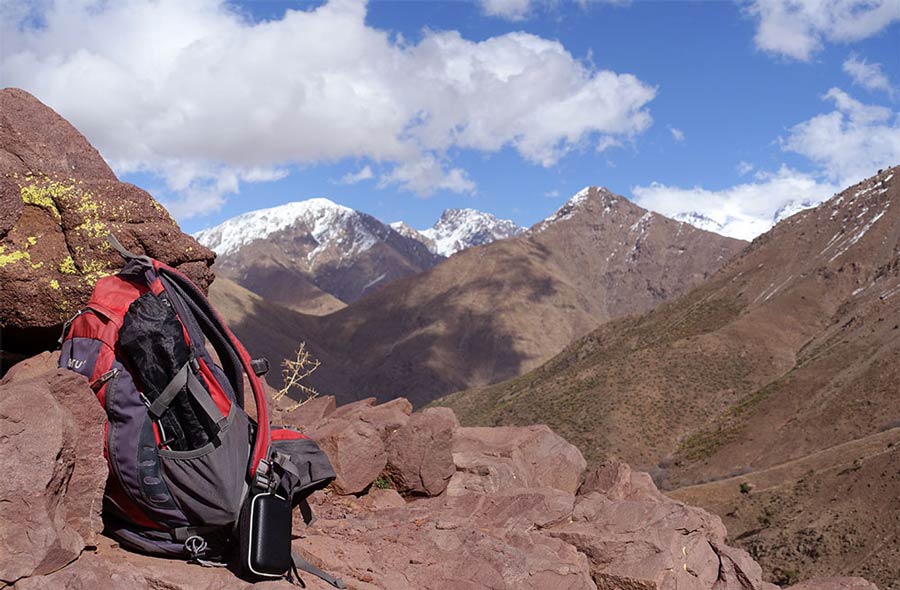
Guides and Tour Operators
Experienced Guides
Finding the right guide can truly enhance your trekking experience in the Atlas Mountains. Experienced guides possess valuable knowledge of the area, ensuring you don’t miss out on hidden gems! As a first-time trekker, my guide shared amazing stories of local culture and history, making the journey even more enriching. Here’s what to look for in a guide:
- Local Knowledge: They should know the trails and weather patterns.
- First Aid Skills: Safety first is crucial in remote areas.
- Fluency in English or your preferred language: Clear communication is key.
Tour Packages Available
Many tour operators offer versatile packages to suit different experiences and budgets. You can choose from:
- Group treks: Ideal for meeting fellow adventurers and reducing costs.
- Private tours: Tailored to your preferences for a personalized journey.
- Family packages: Fun for all ages, ensuring family-friendly activities.
With the right guide and tour package, your Atlas Mountains trek will surely be an unforgettable adventure!
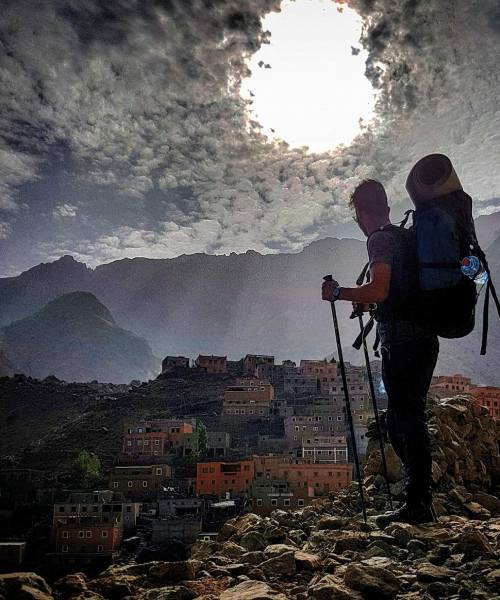
Cultural Experiences Along the Way
Berber Villages
As you traverse the Atlas Mountains, don’t miss the chance to visit charming Berber villages nestled in the valleys. Interacting with local residents offers a glimpse into their rich culture and traditions. I remember sipping mint tea in a cozy clay home, surrounded by warm smiles and fascinating stories about daily life. Here are some highlights:
- Architecture: Admire the unique adobe houses that blend seamlessly with the landscape.
- Traditional crafts: Explore local artisans crafting beautiful textiles and pottery.
Traditional Cuisine Sampling
Your trek isn’t complete without indulging in traditional Moroccan cuisine! Sample delightful dishes like tagine and couscous in local eateries. During one stop, I savored a chicken tagine bursting with spices, paired with freshly baked bread.
- Street food: Try grilled skewers or sweets from market stalls for an authentic taste.
- Cooking classes: Join a class for a hands-on experience and learn the art of Moroccan cooking!
These cultural experiences will undoubtedly enrich your time in the majestic Atlas Mountains!
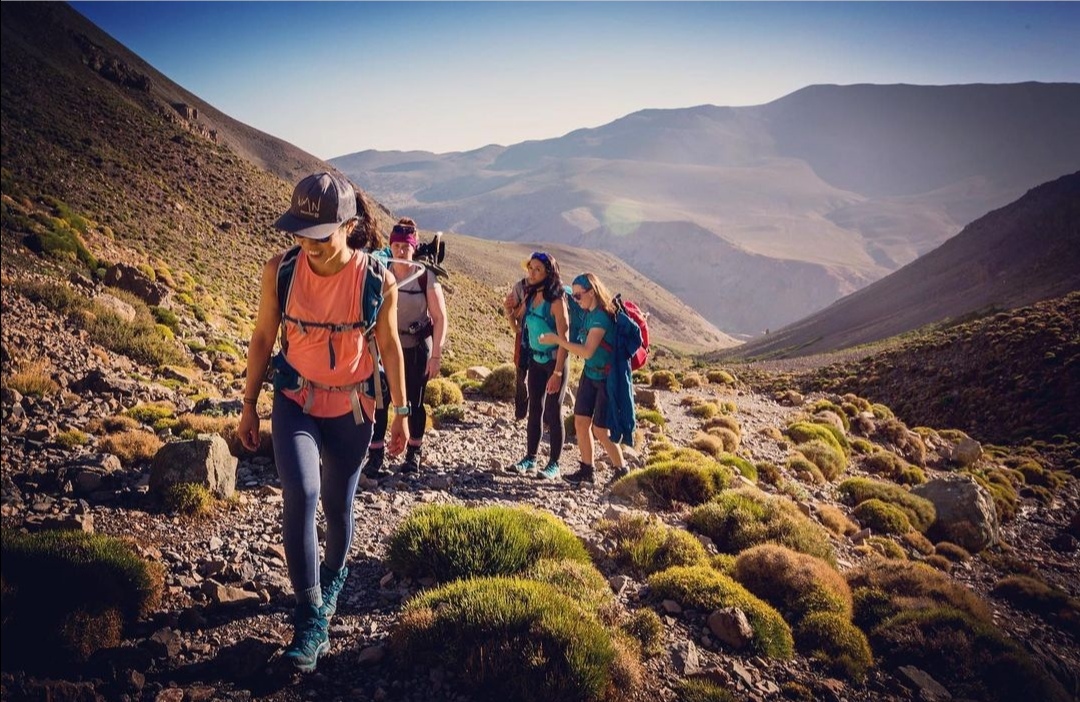
Safety Tips for Trekking
Altitude Sickness Prevention
While embarking on your trekking adventure in the Atlas Mountains, it’s essential to be mindful of altitude sickness, especially as you ascend higher peaks like Toubkal. During my trek, I learned the importance of gradual acclimatization. Here are some tips I found helpful:
- Ascend gradually: Give your body time to adjust; aim for no more than 300-500 meters of elevation gain per day.
- Stay hydrated: Drink plenty of water to keep your body functioning effectively.
- Know the symptoms: Headaches, nausea, and fatigue are warning signs. If you experience these, it’s vital to descend and rest.
Emergency Contacts
Being prepared can make all the difference during your trek. Keep a list of emergency contacts handy:
- Local emergency services: Know the number for assistance in remote areas.
- Your tour operator’s contact information: They can provide guidance and support if needed.
Additionally, consider downloading offline maps on your device beforehand to help you navigate the terrain. With a solid safety plan, enjoy your exploration of the stunning Atlas Mountains worry-free!
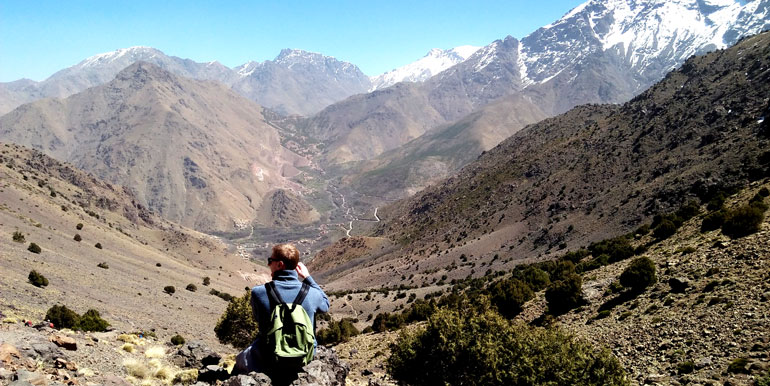
Accommodation Options
Mountain Refuges
When trekking the Atlas Mountains, you have some wonderful accommodation options, starting with mountain refuges. These basic lodgings offer comfortable shelter with a unique charm. I have spent nights in a refuge nestled at the foot of Toubkal, where the community vibe was unbeatable! Reminders of home are few, but they often serve warm meals and hot tea, perfect after a long day of hiking. Look for refuge amenities like:
- Shared sleeping quarters: Great opportunity to bond with fellow trekkers!
- Stunning views: Wake up to breathtaking alpine scenery every morning.
Camping vs. Lodges
Deciding between camping and staying in lodges can be a personal choice. Both offer unique experiences:
- Camping: Enjoy deeper immersion in nature and the thrill of sleeping under the stars. Just be sure to bring a quality tent and sleeping gear!
- Lodges: Typically more comfortable, they provide private rooms, warm showers, and delicious meals. They also serve as a perfect base for day hikes.
Whether you’re roughing it or seeking cozy comforts, the Atlas Mountains have the ideal accommodation tailored to your trekking adventure!
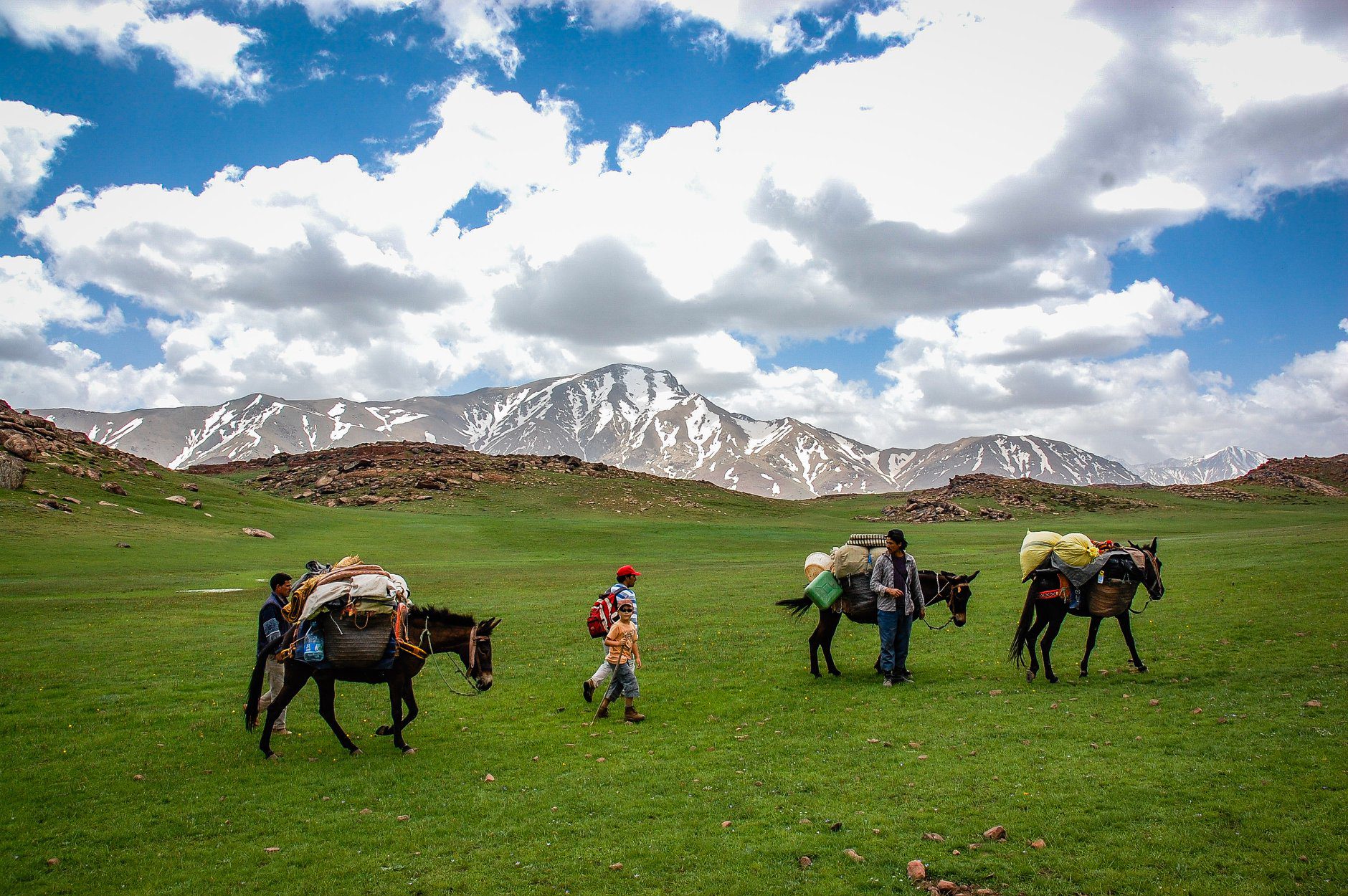
Wildlife and Flora in Atlas Mountains
Birdwatching Opportunities
The Atlas Mountains are a birdwatcher’s paradise, boasting diverse species that will leave you in awe. During my trek, I was fortunate enough to spot the striking Barbary partridge and the majestic golden eagle soaring above the peaks. If you’re keen on birdwatching, consider these tips:
- Early mornings: Birds are most active at dawn and dusk, so rise early for the best opportunities.
- Bring binoculars: They’ll enhance your chances of spotting elusive species.
Rare Plant Species
The flora in the Atlas Mountains is just as impressive! You’ll encounter unique plant species, such as the endangered Atlas cedar and various aromatic herbs. Keep an eye out for:
- Euphorbia: This striking plant often catches the eye with its vibrant colors.
- Wildflowers: In spring, the mountains come alive with colorful blooms, creating stunning landscapes.
Exploring the rich wildlife and flora of the Atlas Mountains adds yet another layer of wonder to your trekking experience!

Other Outdoor Activities in Marrakech
Desert Excursions
While the Atlas Mountains are a must-visit, don’t forget about the thrilling desert excursions just a short drive from Marrakech! Experience the mesmerizing sand dunes of the Sahara, where you can ride camels into the sunset. I remember my first evening in the desert, surrounded by vast golden dunes, the sky exploding with color as the sun dipped below the horizon. Here’s what to expect:
- Overnight stays: Camp under a starlit sky in traditional Berber tents.
- Cultural connections: Engage with local tribes and learn about their customs.
Quad Biking Adventures
For the adrenaline junkies, quad biking is a fantastic way to explore rugged terrain. Zoom through the stunning landscapes around Marrakech, with thrilling views of both mountains and desert. Check out these highlights:
- Guided tours: Join a group for a safe yet exhilarating experience.
- Scenic routes: Traverse beautiful palm groves and ancient villages.
These outdoor activities will undoubtedly add an exciting dimension to your Marrakech adventure!


